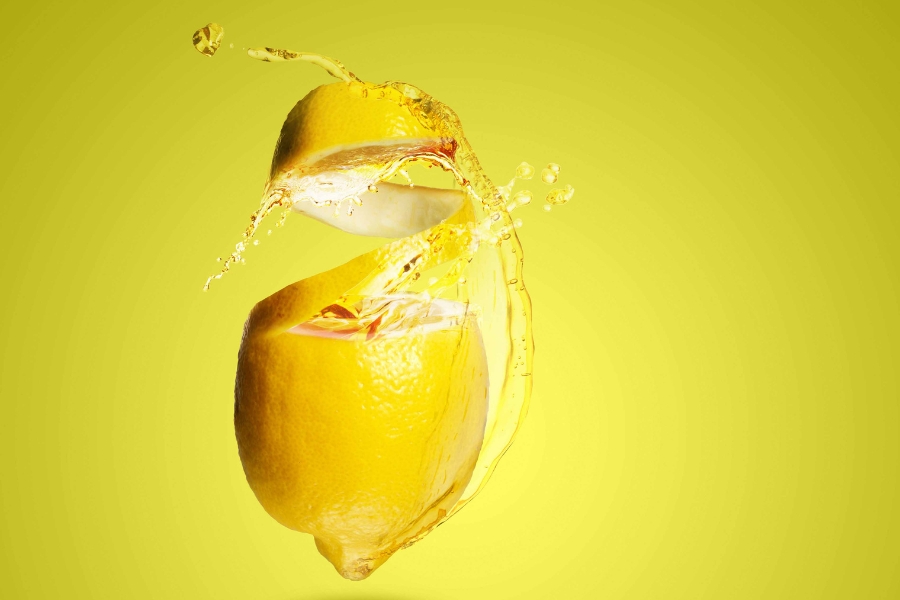Hello there, lovely reader! Today, we’re going to crack the mystery that’s been bugging many kitchen enthusiasts and amateur cooks around the world: “How much lemon juice is in one lemon?” A simple question, right? Yet, it can be quite a riddle when you’re in the midst of your culinary adventures, trying to strike the perfect balance between tangy and refreshing!
Table of Contents
We all know how essential lemons are in our kitchens. From baking delights to zesty cocktails, salad dressings to marinades, or just a simple lemonade on a hot summer’s day, lemons bring that magical twist to our palates. They can turn a simple dish into something extravagant with just a splash!
Lemons, like many other things in life, can be unpredictable. Sizes vary from a small golf ball to almost the size of a baseball. It’s these unpredictable dimensions that create the question we are looking to solve today. I know the ambiguity of how much juice one lemon holds can be a roadblock when your recipe calls for exact measurements.
In this helpful guide, we’ll not only provide you with the precise response to your question, but we’ll also make sure that the next time you squeeze that bright yellow fruit, you feel assured, certain, and—most importantly—excited!
So, sit back, grab a lemon, and let’s dive into this citrusy conundrum together, shall we? I promise it’s going to be a ‘zestful’ journey!
Unveiling How Much Lemon Juice is in One Lemon
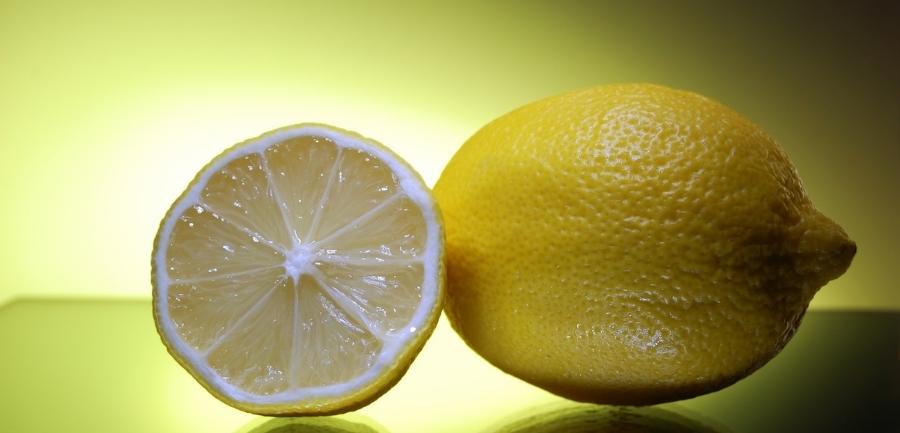
Alright, so let’s cut straight to the chase and address the question head-on: “How much lemon juice is in one lemon?” Well, the answer largely depends on the size of the lemon and how efficiently you can squeeze it. But if we’re talking about an average, medium-sized lemon, you can expect to get approximately 2 to 3 tablespoons of juice. That’s about 1 to 1.5 fluid ounces if you’re more comfortable with that measure.
Isn’t it fascinating how such a tiny, round fruit holds within it a world of flavors? Of course, that’s a rough estimate. As we mentioned before, lemons can be a bit unpredictable. They come in a range of sizes and their juice content can vary accordingly. But fret not, we’re going to dig a little deeper and explore more about the factors influencing this. Stay tuned!
The Half Twist: Juice Content in Half a Lemon

If you’re dealing with half a lemon, you’ll naturally get about half the juice that a whole lemon yields. This is perfect when you just need that subtle hint of citrusy tang in your dish or drink. For a typical, medium-sized lemon, expect to squeeze out around 1 to 1.5 tablespoons, or approximately 0.5 to 0.75 fluid ounces, of juice.
Remember, the total juice you get can be influenced by factors such as the lemon’s size, its freshness, and how well you’re squeezing it. In the next segments, we will share some incredible tips to help you maximize juice yield, but for now, remember that if your recipe calls for the juice of half a lemon, you’re aiming for around 1 to 1.5 tablespoons. It’s simple math, but a game-changer for your culinary pursuits!
How to Juice a Lemon Efficiently
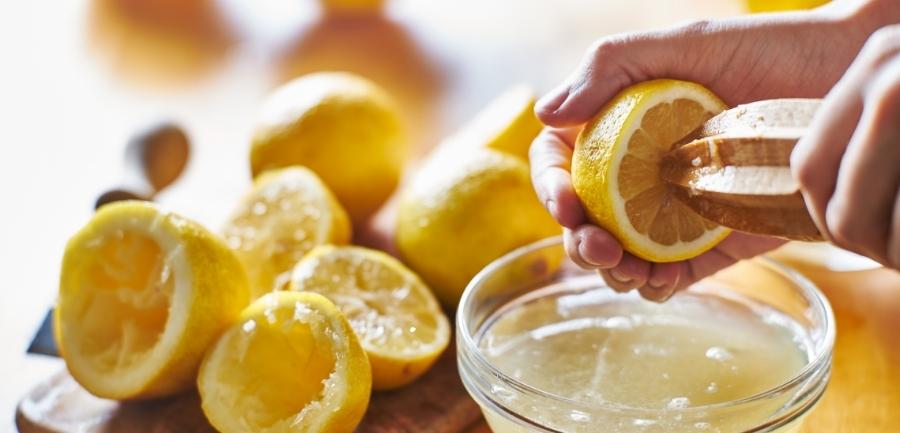
The key to unlocking the full potential of your lemon lies in how effectively you can extract its juice. Sure, you could just slice it in half and squeeze, but there are a few extra steps and techniques you can use to get the most out of each lemon.
- Room Temperature: Lemons yield more juice when they’re at room temperature compared to when they’re cold. If you’ve stored your lemons in the refrigerator, take them out a few minutes before juicing to allow them to warm up slightly.
- Rolling the Lemon: Before cutting your lemon, apply a bit of pressure and roll it on your kitchen counter for a few seconds. This helps to break down some of the fibers inside the lemon, making it easier to extract the juice.
- Cutting Technique: Cut the lemon lengthwise rather than across its equator. This way, you expose more of the citrus cells to be squeezed out, maximizing your juice yield.
- Squeezing: Use a lemon squeezer if you have one; they’re designed to get the most juice out of your lemon. If you don’t have a squeezer, use a fork. Insert it into the cut lemon and twist while squeezing. This will help you extract more juice than squeezing alone.
- Straining: Unless your recipe calls for them, you’ll want to strain out the seeds. You can do this by squeezing the lemon over a strainer or by using your other hand to catch the seeds.
- Last Resort: If you’re really determined to get every last drop, use a pair of kitchen tongs. Put the lemon half inside the tongs and squeeze.
Remember, practice makes perfect. The more you work with lemons, the better you’ll become at juicing them efficiently and effectively. Your dishes, desserts, and drinks will thank you!
Zest is Best: Unlocking the Potential of Lemon Zest

While we’ve been delving into the juicy world of lemons, let’s not forget the incredible flavor powerhouse that is the lemon zest. The zest is the outermost, colored part of the lemon peel, and it’s packed with oils that hold an intense lemon flavor.
When life gives you lemons, don’t just squeeze the life out of them! Grate the outer layer too, because the zest can take your culinary creations to a whole new level. Whether you’re cooking a savory dish or baking some sweet treats, a bit of lemon zest can add a delightful citrusy twist.
Extracting zest is simple – all you need is a good zester or grater. Remember, only grate the colored part, as the white pith underneath is bitter. Once you start zesting, you’ll notice the vibrant, refreshing aroma filling your kitchen. It’s like having a hint of summer anytime you want!
You can add zest to salads, baked goods, drinks, and marinades. It pairs exceptionally well with herbs like rosemary and thyme, and spices like ginger. And don’t forget, lemon zest can also make for a stunning, edible garnish. So next time you juice a lemon, think twice before you toss the peel. You might just be throwing away a zestful opportunity!
Substitute for Lemon Juice
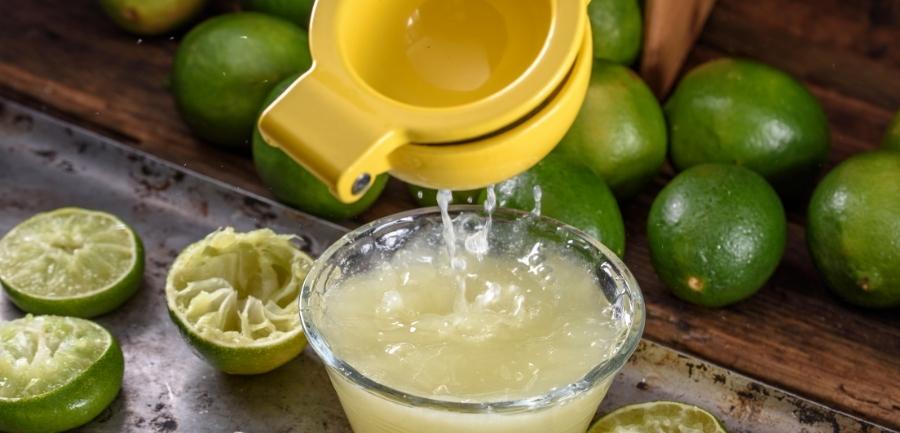
There might be instances when you’re in the middle of cooking a tantalizing dish or whipping up a refreshing beverage, and suddenly realize you’re out of lemons. Don’t fret! There are several substitutes that can come to your rescue when you need that tangy kick of lemon juice.
- Vinegar: Distilled white vinegar or apple cider vinegar can provide a similar acidity level to lemon juice. The flavor isn’t exactly the same, but it can do the trick in many savory dishes or dressings. Use about half the amount of vinegar as the lemon juice is called for in the recipe.
- Lime Juice: Because lime juice has a comparable citrus flavor character, it makes a fantastic replacement. You can normally use a 1:1 ratio of lime juice to lemon juice, depending on the dish.
- White Wine: For dishes where the tangy, acidic component is more critical than the citrus flavor, a dry white wine can work as a substitute.
- Citric Acid: Highly potent and sour, citric acid requires just a small quantity to create a significant impact. Ensure to dissolve it in a bit of water prior to incorporating it into your recipe.
- Orange Juice & Vinegar: A concoction of orange juice and a touch of vinegar can serve as a useful substitute in recipes requiring a balance of acidity and citrus flavor.
Remember, the best substitute will depend on your recipe and your personal preference. While these alternatives may not perfectly mimic the taste of fresh lemon juice, they can help you maintain the balance of flavors in your dish or drink when you’re in a citrus crunch!
Substitute for Orange Juice
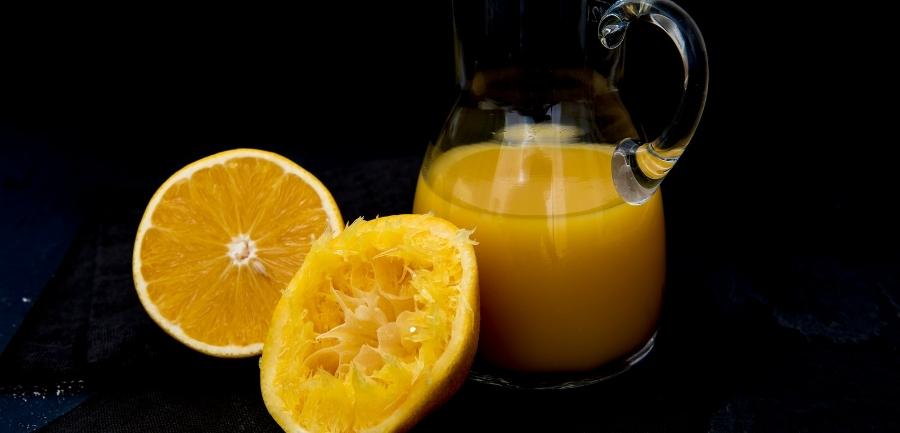
Running out of orange juice mid-recipe can be a minor kitchen crisis, but don’t worry, we’ve got you covered! There are several handy substitutes that can replicate the sweet and tangy flavor of orange juice, saving your dish, and your day.
- Lemon Juice: While lemons are more tart than oranges, lemon juice can still work as a substitute in a pinch, especially in savory dishes or dressings. You might want to add a bit of sugar to balance the extra tartness.
- Tangerine or Mandarin Juice: These citrus cousins to the orange have a similar sweet-tart flavor profile. You can use their juice in a 1:1 ratio as a substitute for orange juice.
- Apple Juice & Lemon Juice: For recipes that need both the sweetness and acidity of orange juice, a mixture of apple juice and a dash of lemon juice can work wonders.
- Grapefruit Juice: Though a viable substitute, grapefruit juice possesses a more pronounced tartness compared to orange juice. To counter this, consider a slight addition of sugar.
- Pineapple Juice: With its unique blend of sweetness and tanginess, pineapple juice stands as an excellent replacement particularly in tropical recipes or marinades, despite its distinctive flavor profile.
Remember, each substitute brings a unique flavor, and the best option depends on your recipe and taste preference. With these alternatives up your sleeve, you won’t have to hit pause on your culinary journey even if you run out of orange juice!
FAQs
How many mL is 2 lemon juice?
Two medium-sized lemons usually yield approximately 60 to 90 mL of lemon juice. This can vary based on the size and juiciness of your lemons.
Can I substitute bottled lemon juice for fresh lemon juice?
Yes, you can. But remember, fresh lemon juice typically has a brighter, more vibrant flavor. If substituting, use equal amounts.
How many teaspoons is one lemon?
One medium-sized lemon generally contains about 4 to 6 teaspoons of juice. This can change depending on the size and freshness of the lemon.
How much-bottled lemon juice is equal to 1 2 lemons?
Half a lemon typically yields about 1 to 1.5 tablespoons of juice. So, you’d need the same amount of bottled lemon juice, roughly 15 to 22.5 mL.
To Wrap It Up!
We’ve traveled together through the citrusy world of lemons, uncovering how much juice one holds, understanding the power of the zest, and even exploring some useful substitutions. As you now know, a medium-sized lemon typically yields around 2-3 tablespoons of juice, while half a lemon gives around 1-1.5 tablespoons. And let’s not forget the underrated zest, which packs a mighty flavor punch.
Substitutions can be lifesavers when you find yourself in a pinch, and understanding what works best in each scenario empowers you in the kitchen. However, remember that every substitute brings its own flavor profile, so some experimentation might be required to find what suits your palate.
With these insights in your culinary toolbox, the next time you see a lemon in your kitchen, you’ll see a universe of possibilities. No longer a mere fruit, it’s a bundle of vibrant flavor, a tangy delight, and a recipe enhancer. Here’s to your future cooking and baking adventures, infused with the tangy goodness of lemons! Enjoy the zest of life!

